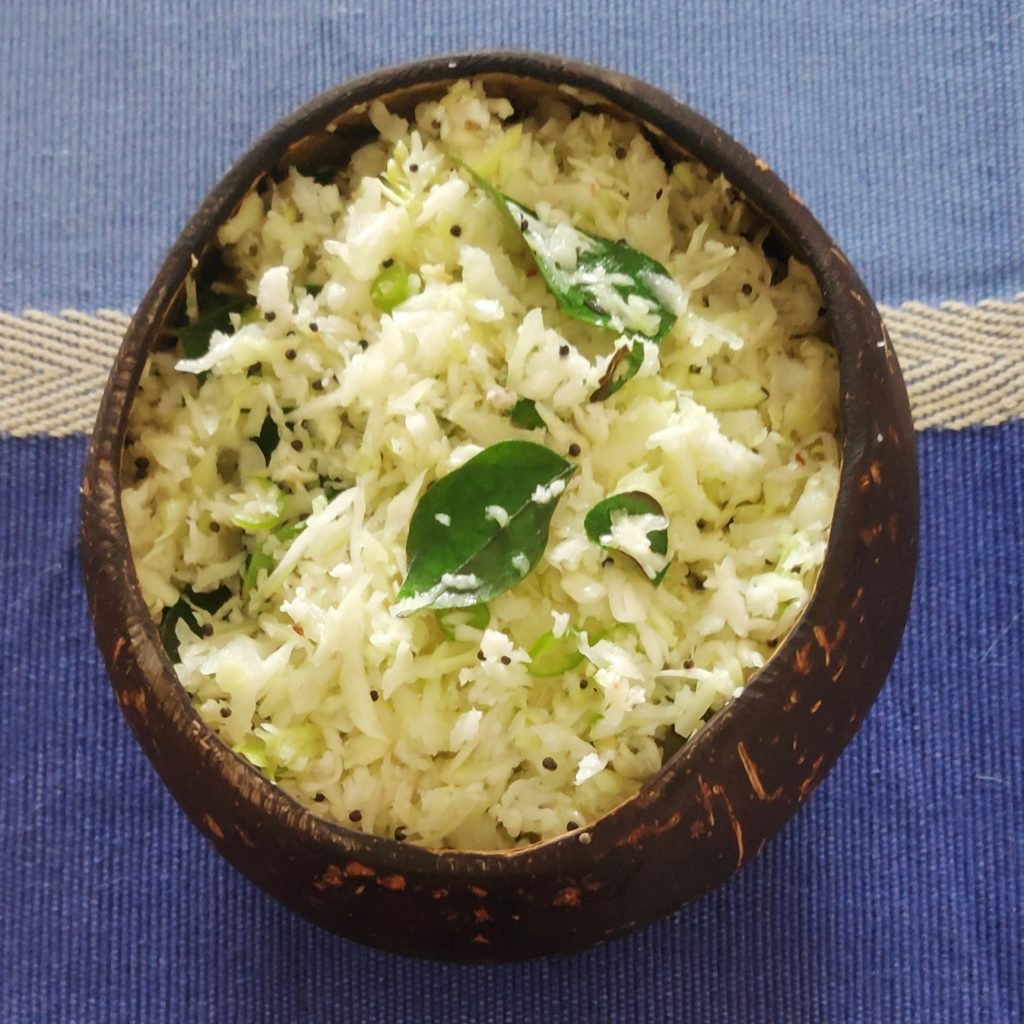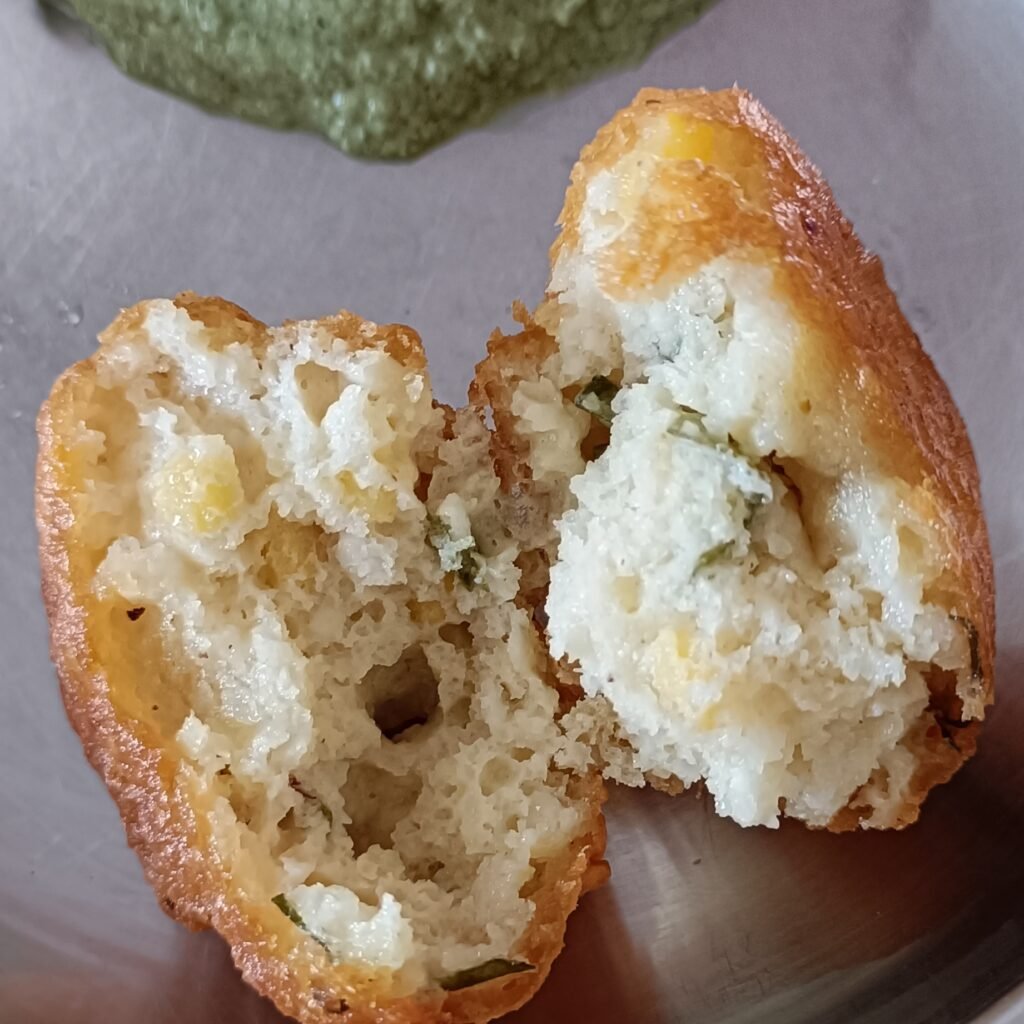Sweet potatoes are not only delicious to eat, but they are also very rich nutritionally. The high content of vitamins A and C, calcium, magnesium and potassium all help to improve the immune system and the functioning of organs like the eyes, heart and kidneys. They are also rich in antioxidants that help to take care of free radicals in the body and keep it younger. They may help in reversing diseases like diabetes, heart disease, and even cancer. Apart from that they prevent adding unhelpful and unnecessary weight. They are best had boiled or steamed to keep the glycemic index low.
Coconuts have been grown in India for centuries and have traditionally been used in both savoury and sweet dishes. Coconuts are considered a source of healthy fat, but the fat will add up if they are consumed in the form of coconut milk or oil. Also, they contain small amounts of saturated fats and so should be eaten in smaller quantities. Eaten grated or in pieces, they are a great source of fibre and so help digest the fat in them more easily and also keep the quantity consumed lower. The fat in coconuts is easier for the human body to digest and they don’t contain cholesterol like animal fats Coconut also contains iron, manganese, copper and magnesium, which aid in protecting against disease and ease inflammation in the body.






